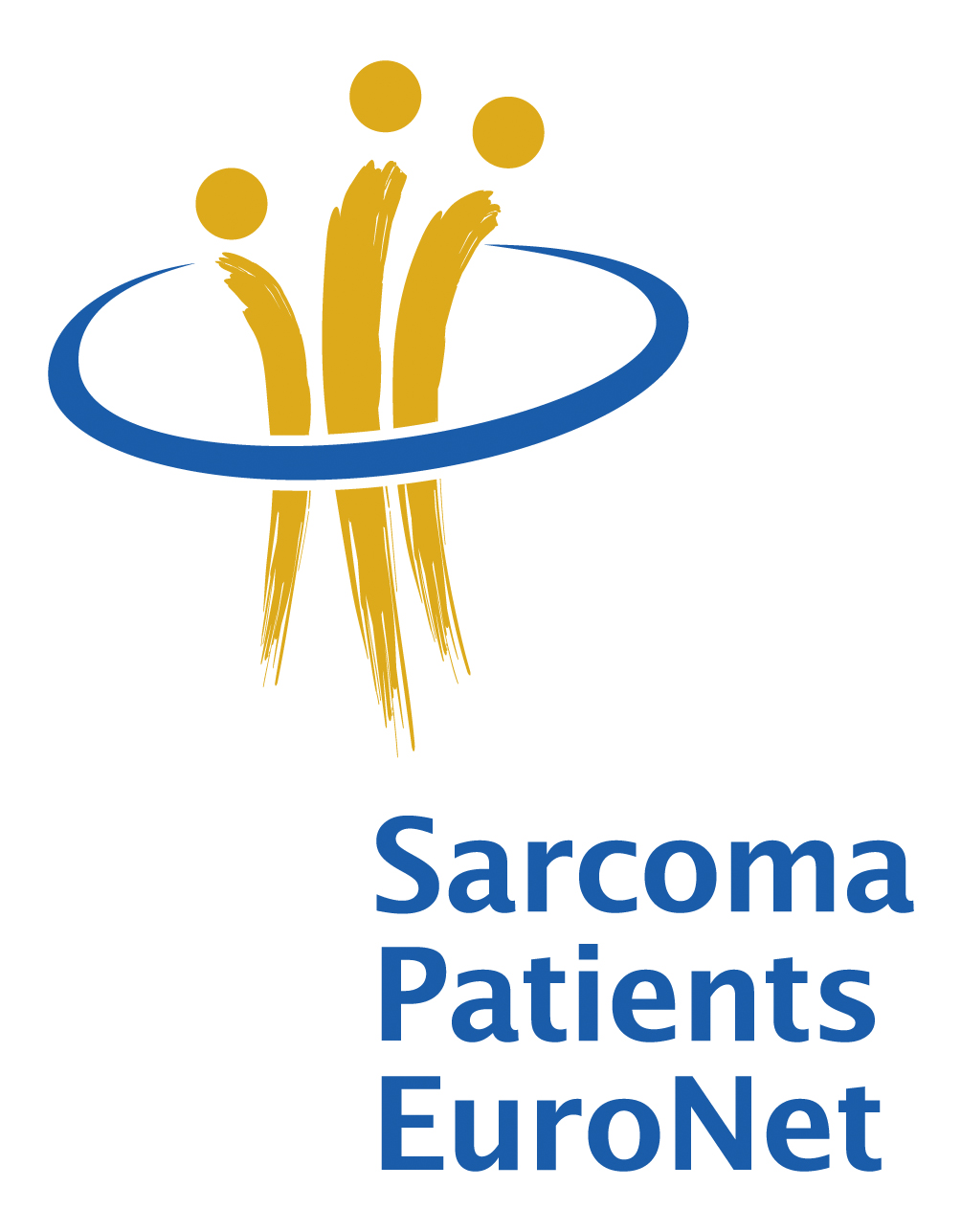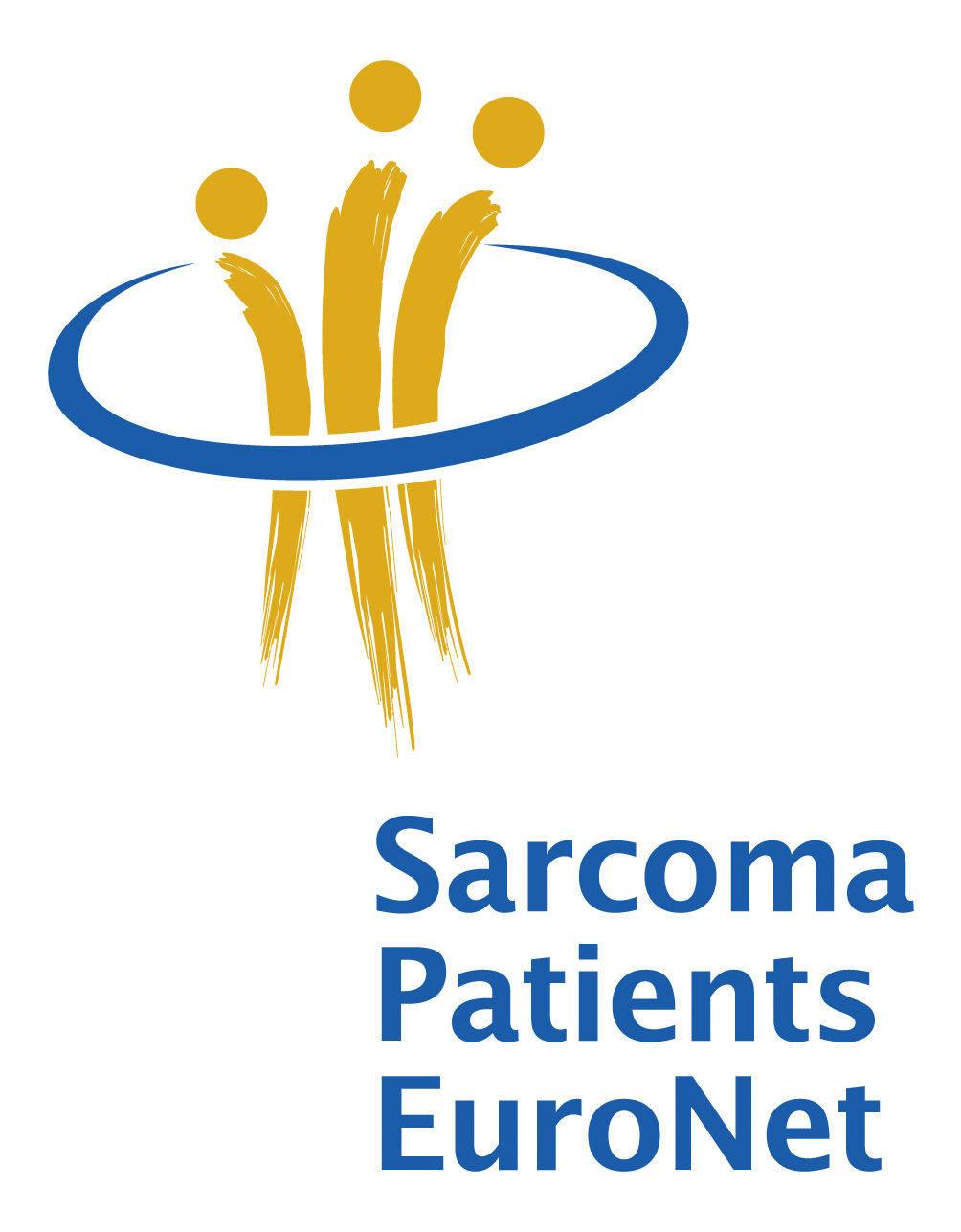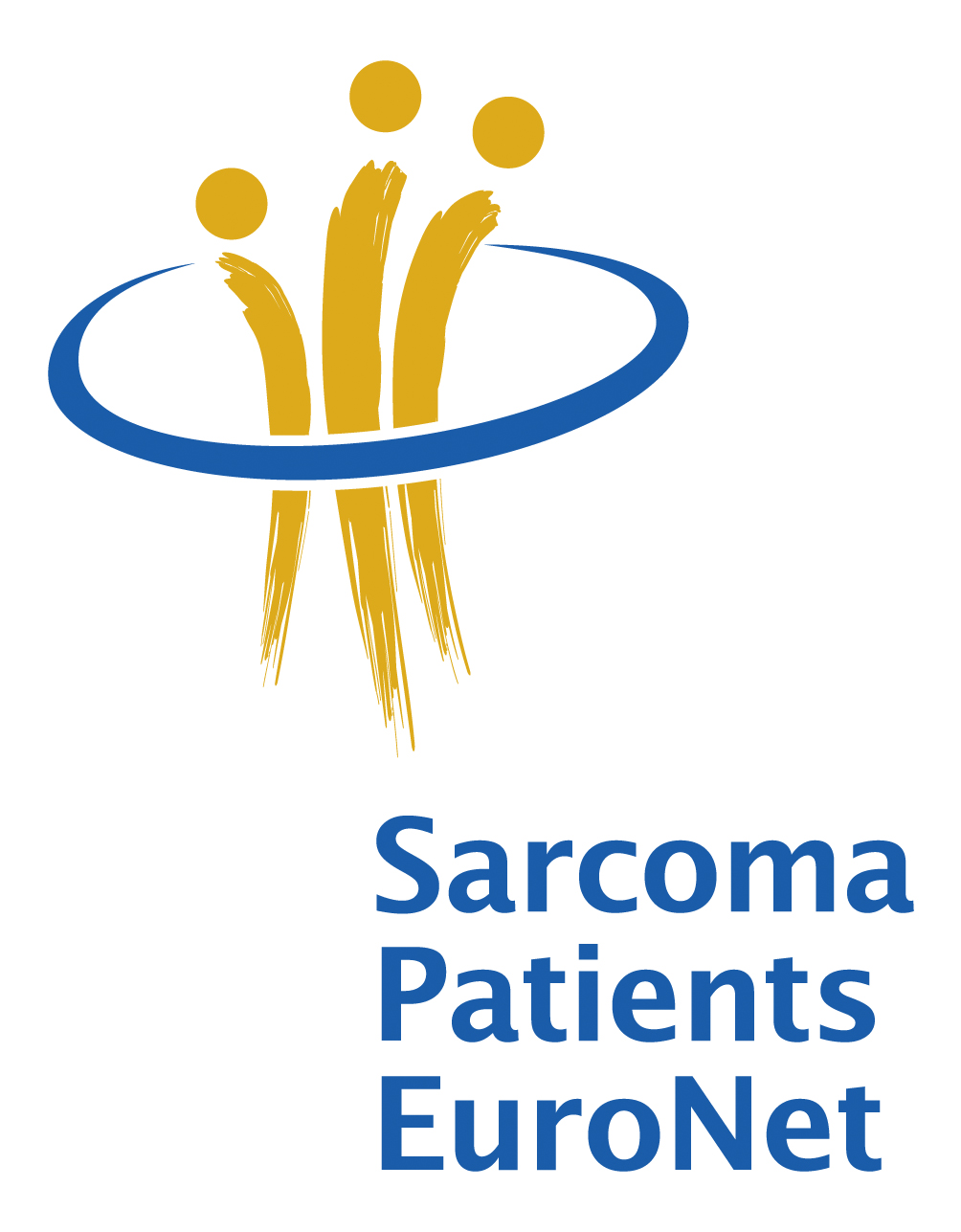By Markus Wartenberg
Cancer patient organisations around the world carry out enormously important work on behalf of patients and their families. Without them, the standard of care and support available to cancer patients would be severely compromised in some countries. Doctors and nurses increasingly find themselves in the position where they cannot give patients the care and attention they deserve due to time and financial restraints. Patient organisations not only offer patients and their families information and support, but also the individual care and attention many hospitals are unable to provide. In today’s economic climate, patient organisations come into their own by offering practical patient support, and take on the role of advocates for best quality health care, access to innovative treatments, and reimbursement of health care costs.
Each patient organisation is unique in terms of the service offered, which in turn is influenced by the patient community they serve. This is reflected in the groups mission statement and objectives and whether they operate on a regional, national, or even international level. Some groups focus exclusively on voluntary work, while others employ professional staff. Irrespective of a group’s profile, however, most patient organisations have two essential aims in common:
- To improve the situation of individual patients by providing information and support

- To improve the situation of patients in general through a commitment to patient-centred care, access to high quality treatment, promoting research, influencing health care policies, and advocating on behalf of their patient community.
At the very heart of any patient organisation’s work is information. They make it possible for patients and their families to find out more about their cancer diagnosis by supplying them with information, or helping them access information from other organisations.
Patients or relatives usually make contact with patient organisations via websites, Facebook pages, online forums, or helplines. This is often followed by a telephone conversation or email, during which the patient or relative is given background information about their disease, information about possible treatment options, or information about participation in clinical trials, depending on the needs of the patient. Some patients might get in touch with a patient organisation purely to make contact with others in the same situation as themselves, or for general support in their day-to-day lives.
Information is provided in a number of ways, such as online web pages, via forums and chat rooms, or in the form of leaflets or booklets, videos, newsletters, seminars, patient days, and much more: The aim is to provide a comprehensive range of up-to-date and objective information. The resources have generally been developed by the patient organisations themselves, by people who have first-hand experience of the disease, often in cooperation with leading cancer experts, to ensure the content is responsible, accurate and understandable.
Usually, patient organisations are run by nonmedics; by people who know and respect their own limitations. Because they are not professional clinicians or nurses, and are not party to the patient’s medical history, patient organisations are unable to recommend specific drugs or participation in particular clinical trials. However, they are able to provide information about the latest medical advances, available treatment options, and relevant clinical research studies. If requested, some may also help the patient to arrange for a second opinion from a leading cancer specialist, but anything beyond that should be discussed by the patient with their medical team. The patient organisation’s role is to pass on the most up-to-date knowledge at the time – empowering patients to help themselves.
Patient organisations will often take on the role of advocates to help improve conditions for cancer patients. They work closely with key stakeholders in areas such as the quality of treatment, access to new & innovative therapies, reimbursement of treatment costs, and optimisation of research projects. Progress in the fight against cancer can only be brought about if patients, the medical and nursing community, research facilities, and other key stakeholders are involved and cooperating constructively with each other. We need to meet on a level playing field, respect each other, learn from each other and work as a team for the benefit of patients.
There are many excellent examples of patient and public involvement (PPI) initiatives and projects from around the world that have been made possible by collaborative working between patients, medical experts, pharmaceutical companies, hospitals, insurance companies, and health technology assessment (HTA) agencies. They include:
- Projects using patient focus groups to address care and treatment requirements

- Patient interviews aimed at uncovering issues, desires, and needs, with respect to treatment quality, quality of life and drug compliance
- Early access to innovative therapies and reimbursement of treatment costs
- Better management of therapies and their side effects, especially oral targeted therapies
- Cooperation in setting up and maintaining clinical registers
- Medical conferences, patient information days, and other training programmes.
In recent years, pharmaceutical companies, hospitals, insurance companies and HTA agencies have increasingly involved patient organisations in advisory boards and committees:
- To create treatment guidelines
- To incorporate patient experience into guidelines and treatment advice
- To make better decisions relating to patient needs.
Patient advocates are also being included in discussions about clinical trial strategy with medical research organisations, study groups and pharmaceutical companies. Experienced patient advocates are involved early in the design phase of a clinical trial ensuring the opinions of patients are listened to, and their insight is used to improve trial design and ensure the trial closely reflects the use of the drug in real life situations.
In the past, much research failed to consult the patients themselves, despite being done for their benefit. Future research needs to be carried out with input from patients to ensure the integrity of the research in the real world. A good example of PPI is AIDS/HIV research: What AIDS/HIV positive patients have achieved over the last 20 years in terms of being integrated into research-led projects is simply extraordinary. But how do patient organisations come to play an active part in research and clinical studies? There are essentially four areas that need to be covered:
1. Information on clinical studies and transparency
Patients tend not to be well informed about clinical trials. Unfortunately, there is still a misconception that doctors automatically inform their patients of all studies being carried out, or that patients actively search for clinical studies on websites, such as www.clinicaltrials.gov.
Sometimes, medical experts and industry representatives notify patient organisations about upcoming clinical studies, so that they in turn can inform patients. Many groups publish information about clinical trials to inform patients and their doctors about particular studies. However, the research and medical terminology must be translated into a language that patients can easily understand. Some patient organisations also share study results – whether positive or negative – with patients.
2. Partner in research and study development
For optimal clinical trial design, researchers need to be aware of what it is like to live with a specific cancer diagnosis; patients need to be asked questions that are relevant for conducting the research, and defining study end points. The researchers need to determine what patients can realistically achieve in a clinical trial, and they need to make sure that patients understand exactly what is involved before they commit. Patient organisations might not understand the overall drug development strategy and the reason for conducting some of the clinical trials, particularly when patients are given so little information about their existence. According to some studies, 49% of patients said lack of information was a reason why they didn’t participate in clinical studies. Equally inadequate is how study satisfaction is handled: Study participants are rarely asked about their experiences on clinical trials and feedback to help improve the design of future trials is, therefore, limited.
3. Generating additional evidence
Due to the rarity of certain forms of cancer and the low number of patients involved, it is particularly important to have access to as much additional evidence as possible. Well managed patient organisations can help further research by providing relevant data and information from their own patient registries, or even by participating in the studies themselves. This can be done by means of questionnaires, surveys, interviews, case studies, video interviews, etc.
4. Being a catalyst, motivator and networker
Another role of a patient organisation is to bring together the appropriate experts, provide impetus, ask questions, motivate others, set-up and support networks, or kickstart bigger projects. Some patient groups are already working in cooperation with hospitals and cancer centres. This is becoming ever more important, and appears to be a trend that the hospitals and cancer centres themselves are increasingly asking for. However, it is still rare to find a clinic or hospital that follows a genuine “patient-led strategy” and truly understands the need to essentially combine patients and self-help groups. Unfortunately, many countries still do not have enough cancer centres, which can afford to employ professional “patient relations experts” or to set up “patient boards” working closely and permanently with hospital management. The Book of Courage and Hope show cases the work of patient organisations from around the world. It highlights areas where these organisations have made a difference to the lives of kidney cancer patients and their families, be it through provision of information and support, information about clinical trials, help regarding access to treatment, or simply by including patients and family members in their valuable work, thereby giving them a new focus in life.
As health economies become ever more strained, the work of patient organisations becomes even more important for the care and support of our loved ones living with kidney cancer.





